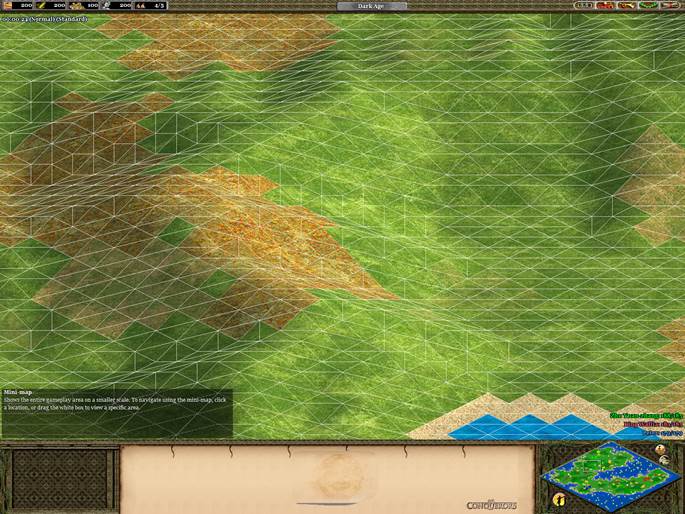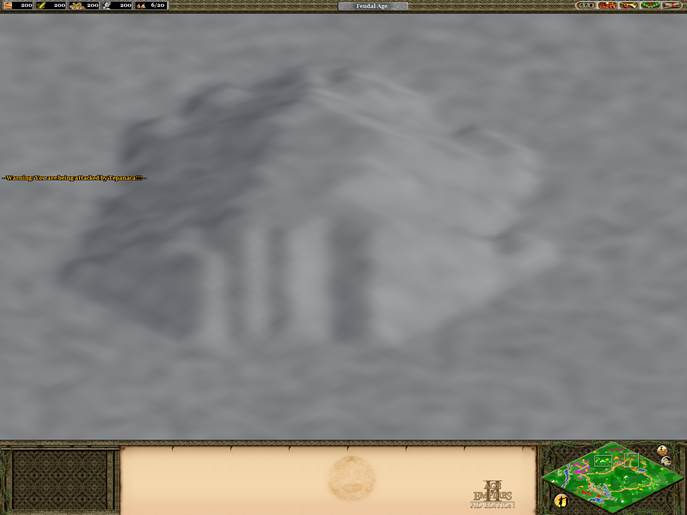I succeed in render the map with diamonded tile, or using Ortho-isometric View to make square tile become diamonded (There are 2 methods, the first is mostly use 2d tile texture)!
My current test is like this (2nd Method) (The lighting is a bit wrong, but the biggest problem is the edge) :

So I move to the next level with height. I referenced this, and so wonder how can they do it! what is the technique!



In the old game, I think they dont use texture like this, but draw everything in 2D and add the light shading that make it looked 3d. In this HD version, i think they move all the terrain to full HD, so we can see the wireframe. So what I really want to know is how to achieve this, or what is the technique behind this achievement. I assume that they try to interpolate 1 poly into many small poly for smoothment, but that will reduce the performance, and anyhow i dont know which algrorith let us do this interpolation. Thanks all.









